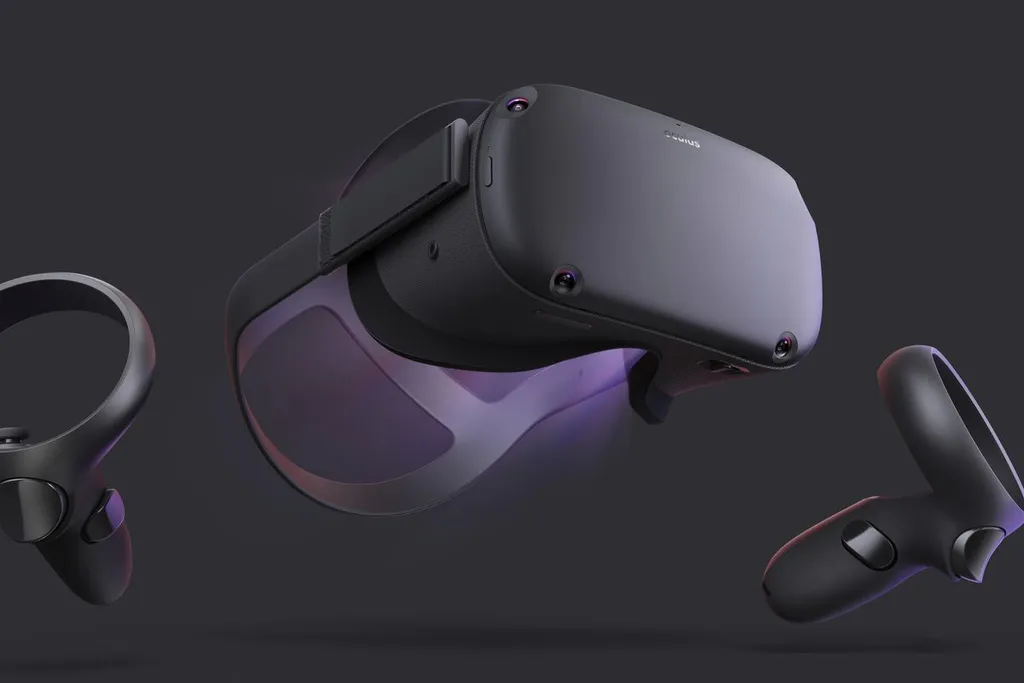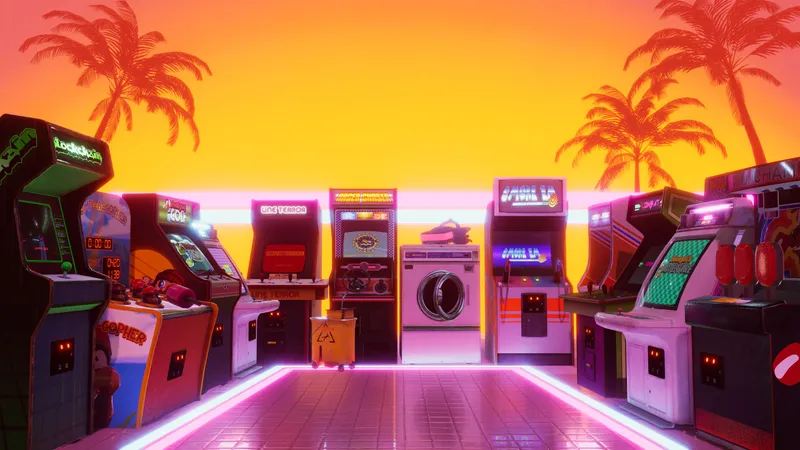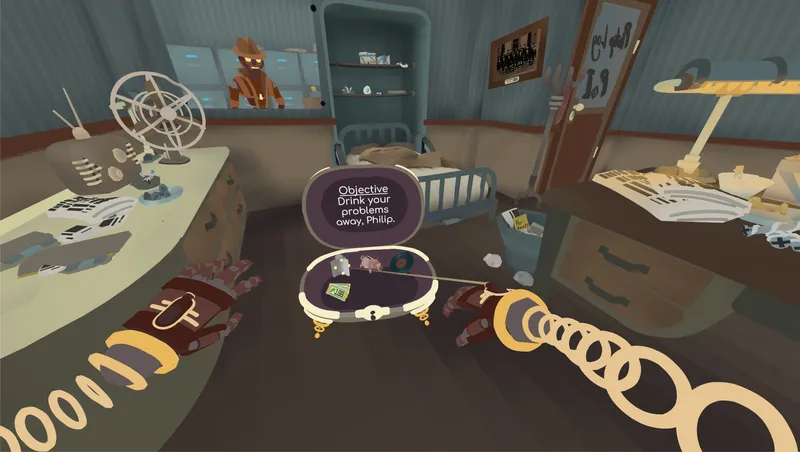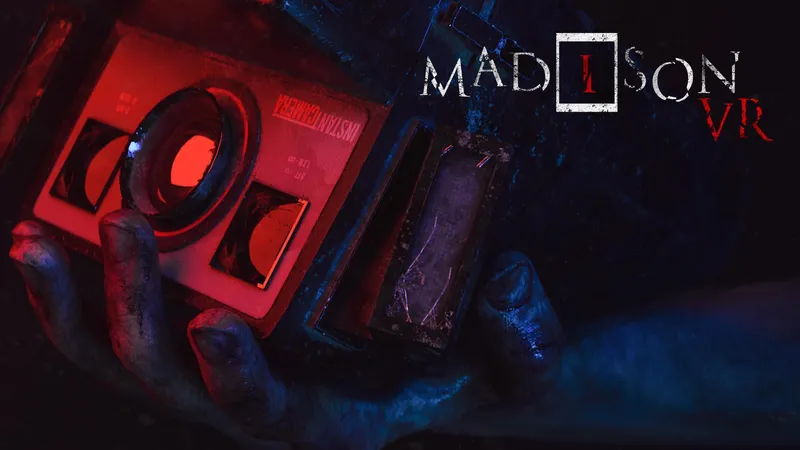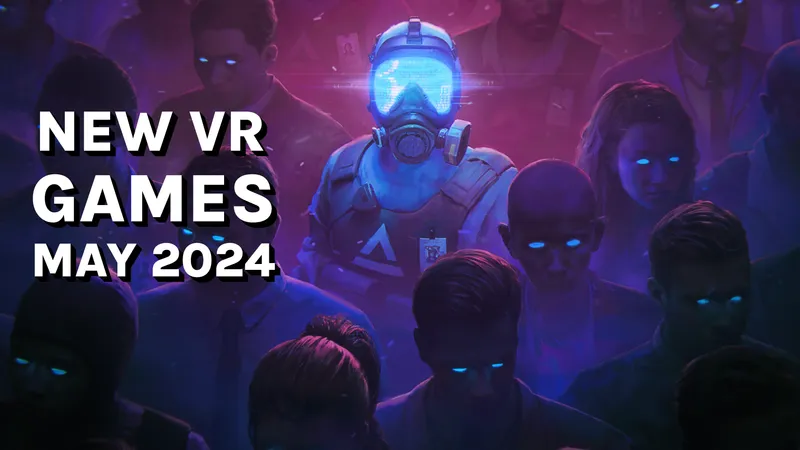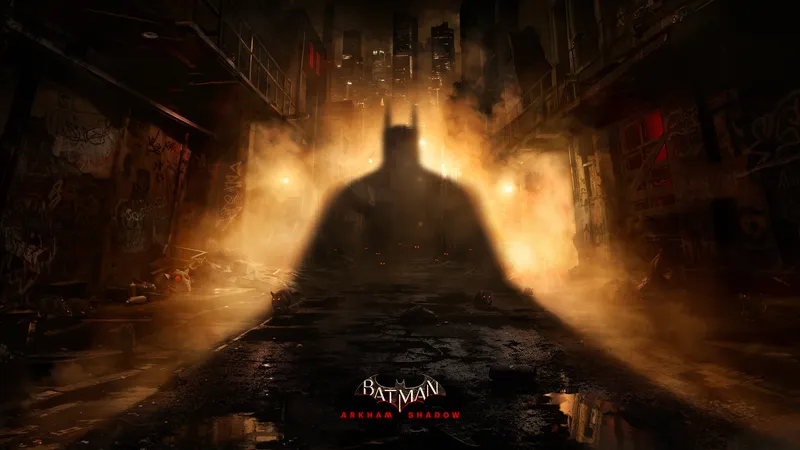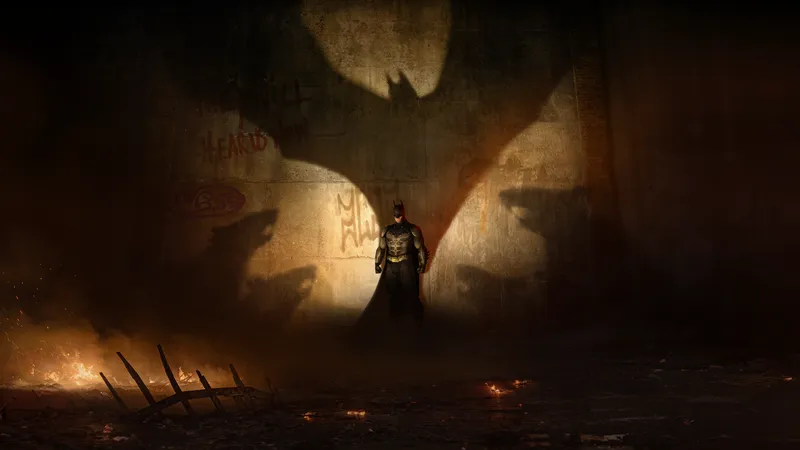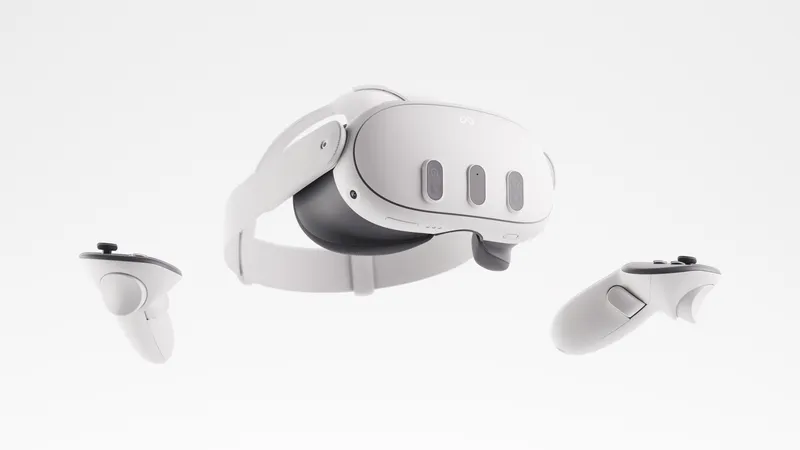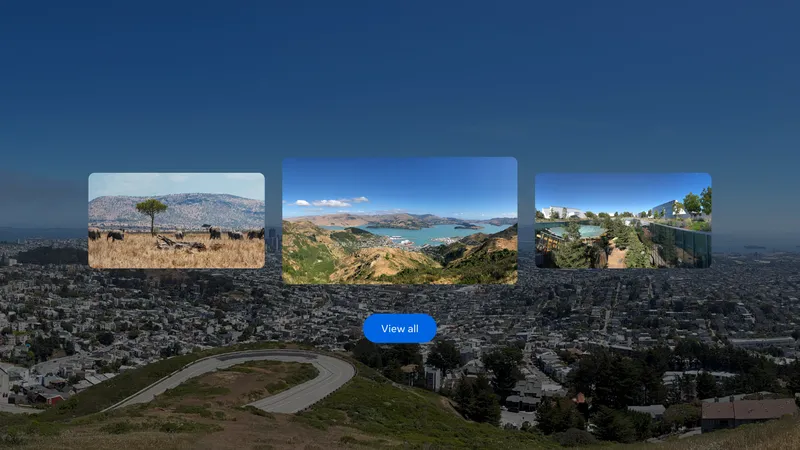Facebook promoted its Oculus Connect 5 conference that kicked off yesterday as a look at “the future of VR.” After spending all afternoon trying four different demos on the upcoming Oculus Quest standalone 6DOF headset, I feel inclined to agree. Quest is due out in Spring 2019 for $399 and aims to deliver a “Rift quality experience” with full positional tracking and two Touch controllers without the need for wires or a powerful gaming PC to run it.
Before I cover my actual hands-on impressions, let me be clear: the Quest is not a standalone Rift. The Quest is also not a more powerful Go. As frustrating as it may be, Quest really does sit somewhere in between. It’s powered by a Snapdragon 835 chipset which is a few generations beyond Go, but it pales in comparison to some of the $1,000 gaming PC rigs people can build to power their Rifts. The controllers are very similar, but don’t expect Quest to entirely replace all Rifts next year or anything like that.
Oculus Quest Headset Design and Specs
In terms of physical design, Quest looks a lot like a Rift. We know it’s 1600 x 1440 per eye for resolution and has the same lenses as Go, but we don’t know the field of view yet but it felt about the same as Rift and Go. We’ve heard 72Hz mentioned in a session at OC5 as the refresh rate, compared to 90Hz for Rift. Anecdotally I will say it seemed to be about the same as the Rift in all meaningful ways, although the overall visual quality of the apps was a bit lower. But at the end of the day I can’t really know for sure without comparing them side-by-side. It’s reportedly powered by a Snapdragon 835 chipset and will feature 64GB of storage (for the $399 model) with over 50 launch titles.
The front of the device is smooth and rounded, not flat like Go. There are two velcro tightening straps on either side near your ears with a single thin strap across the top of your head — just like Rift. My glasses fit inside the unit just fine with a small light leaking nose gap. It didn’t seem to smash my face as much as the Rift does, which is relieving. It felt a bit heavier than the Go in the front, but that’s honestly to be expected with so much more power housed inside the unit.
Speakers are hidden inside the head strap, similar to Go, with improved audio performance. In all four of my demos the sound was crisp and clear, although at the end of the day if you’re using VR alone at home you’ll probably just want to plug in your own headset for the best audio experience.
On the underside of the headset, below the lenses, there is an IPD adjustment knob, similar to Rift, and a volume button, rather than volume controls on top like Go. There’s also a USB-C port for charging as well as a power button on the exterior.
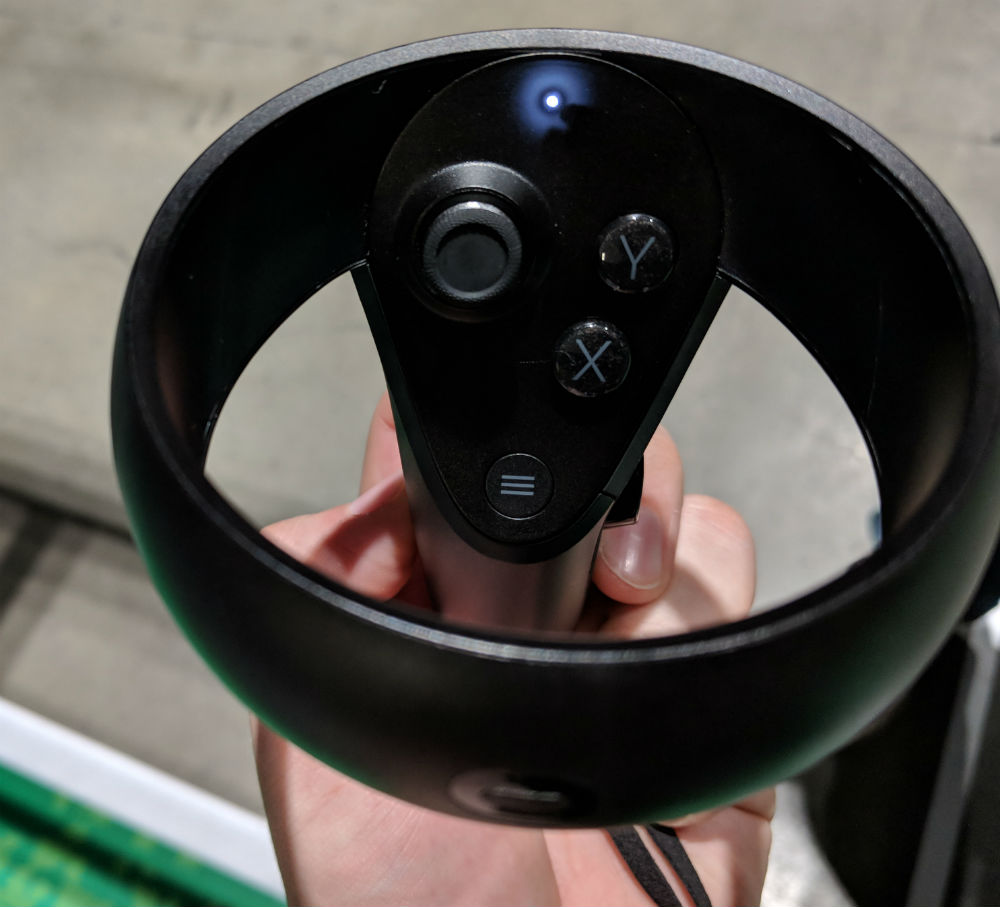
Quest Touch Controllers Design
As someone that uses an Oculus Rift with Touch almost daily, holding the Quest Touch controllers for the first time was a bit jarring. They have the same type of analog sticks, two face buttons each, a menu button each, as well as a trigger and grip button each — but they just feel different.
The portion that actually extends down into your palm that you wrap your hand around seems a tad longer, which is actually nice since it felt like I had a better grip on them while swinging around in Tennis Scramble. But the tracking ring’s new placement to encircle the top of the controller, rather than the bottom, feels really strange. Perhaps it’s just because I’m so used to the existing Touch controllers that it bothered me, but they seemed noticeably top heavy from what I was used to. Obviously this was a necessary design change because the headset’s four tracking cameras (part of the “Oculus Insight” system) need to see the rings to maintain tracking, and it’s something that I did eventually got used to.
Buttons were responsive and felt great. My Touch controllers at home are starting to feel a bit stiff sometimes, so the smooth and fluid triggers on the Quest Touch controllers seemed really nice by comparison. I quickly forgot I was holding anything at all in most demos and just got sucked into the experience. If people can get used to the ring’s movement and weight distribution, these are just as great as the already excellent Touch controllers.
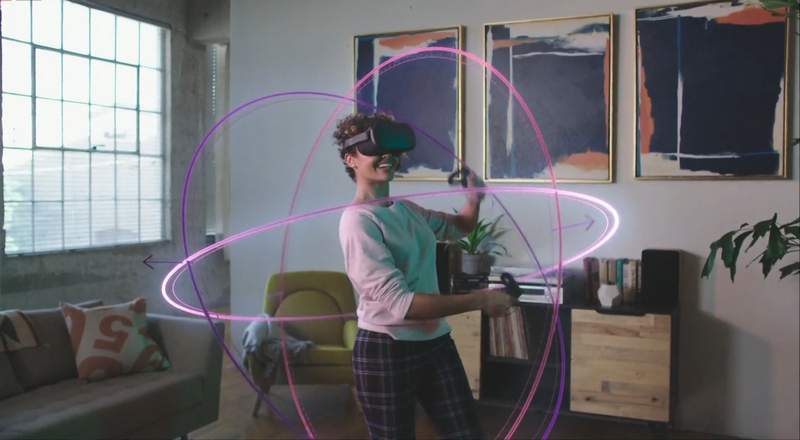
Oculus Quest Insight Tracking
During the OC5 day one keynote, Facebook leadership talked about what’s been dubbed the “Oculus Insight” tracking system. Basically the four cameras on the front of the headset read and analyze your playspace to see your environment and then also keep track of the two Quest Touch controllers. This means that the Oculus Quest Touch controllers are tracked with six degrees of freedom (positional tracking) wherever you move in 3D space. The same goes for the headset. So unlike Go, you can walk around, lean in any direction, and move through a room just like you would with Rift or Vive, but without any cords or external cameras.
The benefit to the headset having this type of inside out tracking is pretty clear, right? It gives you nearly total freedom. You aren’t bound to your playspace that has cameras plugged into a PC. I can stick Quest in a bag and bring it anywhere with both controllers and it’ll just work — at least that’s the idea. But this sort of tracking system does have some limitations as well.
For starters, the four cameras on the headset are front-facing only. This means that they can only see your controllers as long as they are directly in front of you within the cameras’ field of vision. Luckily since they are spread out into the corners of the headset the range was really good. Most of the time, even if I moved my hands to the side or down by my waist, Quest didn’t have issues keeping up with where the Touch controllers were at. But it wasn’t flawless.
I tried to put the tracking to the test a bit when I played Superhot VR by doing things like turning my head and then reaching for something that’s behind me or off to the side. Sometimes I could pick it up and bring it up in front of me, other times it didn’t work perfectly. And if I put my hands behind me or out of view, then slowly bring them back into view, there was a slight jitter while the cameras adjusted and relocated the Touch controllers again. The jitter lasted longer than a second and anyone that has ever used a Windows VR headset will know what I’m talking about.
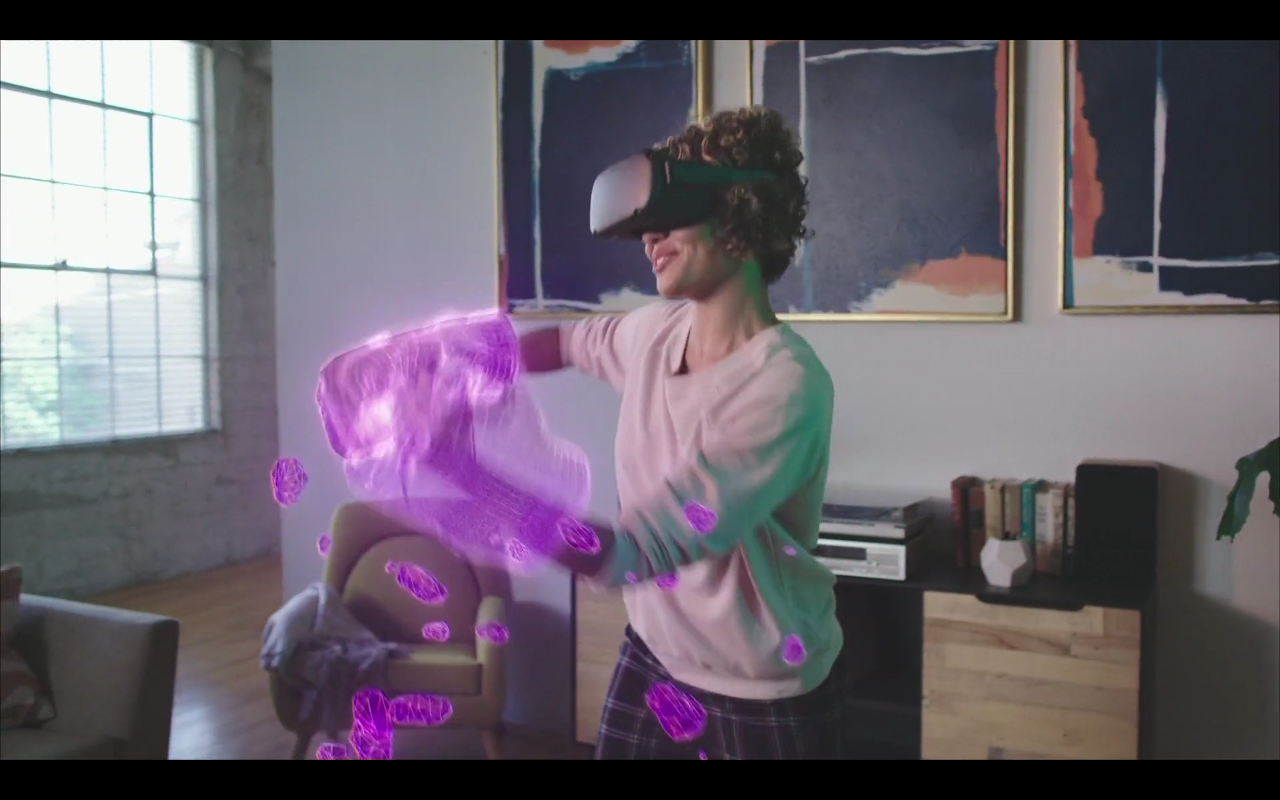
In another situation I was playing 3v3 Dead and Buried in an “arena scale” setup that had actual boxes and pillars in the real world mapped to the same location in VR. With this demo I was able to freely move around the entire 4,000 square foot space, ducking behind boxes, and moving around a ton. No framerate drops and no headset tracking issues at all. But in one case when I reached around a piece of cover to shoot, the headset lost tracking on my controller. That’s because I was reaching around a real physical box so it occluded the view — in a normal roomscale setup, that wouldn’t happen.
Finally, during a discussion focused on porting Rift games to Quest, developers and engineers discussed two specific cases to watch out for in Quest games. First, is anything that requires reaching behind your head can be tricky — such as changing weapons in Space Pirate Trainer or pulling out an arrow from a quiver. Plus, in a game with a two-handed gun or a bow and arrow, your hands can actually occlude themselves because they’re held out in front of you, in parallel, blocking camera view of your furthest hand.
Those are very specific cases that I didn’t personally deal with today, but are worth considering. Overall I’d say Quest has obviously better tracking than Go, slightly better tracking than PSVR, but not quite as good tracking as Rift or Vive. In terms of 360, positional, roomscale tracking at home goes, the Vive’s external base stations can’t be beat — but the Quest is wireless and standalone at a much more affordable price.
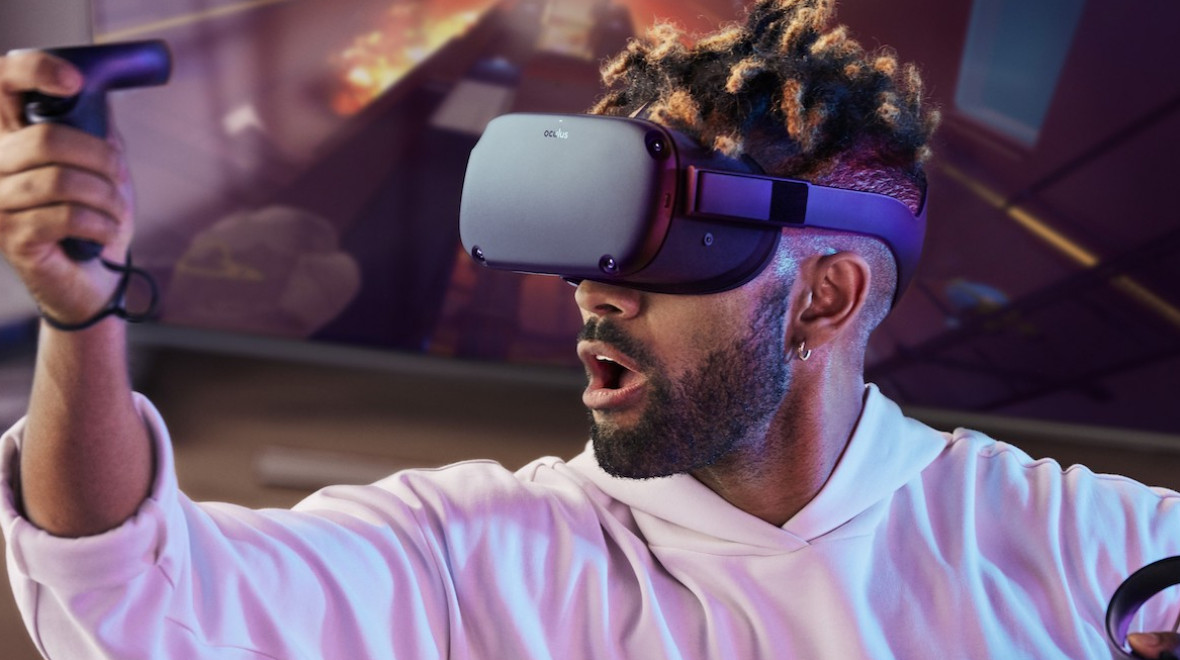
Oculus Quest vs. Rift vs. Go
This is what everyone wants to know, right? Is the Quest basically a more powerful Go, or is it like a less powerful Rift? As of now it’s hard to say with certainty. However, because of the way the tracking works with 6DOF controllers and a 6DOG headset the closest point of comparison would be like a two front-facing sensor arrangement for Rift, but without a wire and with 360 movement. Let me explain.
When you use a Rift with two sensors facing at you, you’re able to stand up and use two Touch controllers. That means full positional tracking and hand presence. But since those two sensors are both in front of you, that means you can’ reach behind your head or occlude the controllers or else tracking suffers. Quest seems to be in a similar boat.
If you are doing lots of stuff with your hands that requires them to not be in front of you, then tracking is gonna have problems. That’s just the nature of how a camera works. But that being said, it re-aligns very quickly and does a good job of maintaining tracking even outside of view. Honestly, it worked better than I expected and if booth attendees hadn’t scolded me I’d have ran around very quickly.
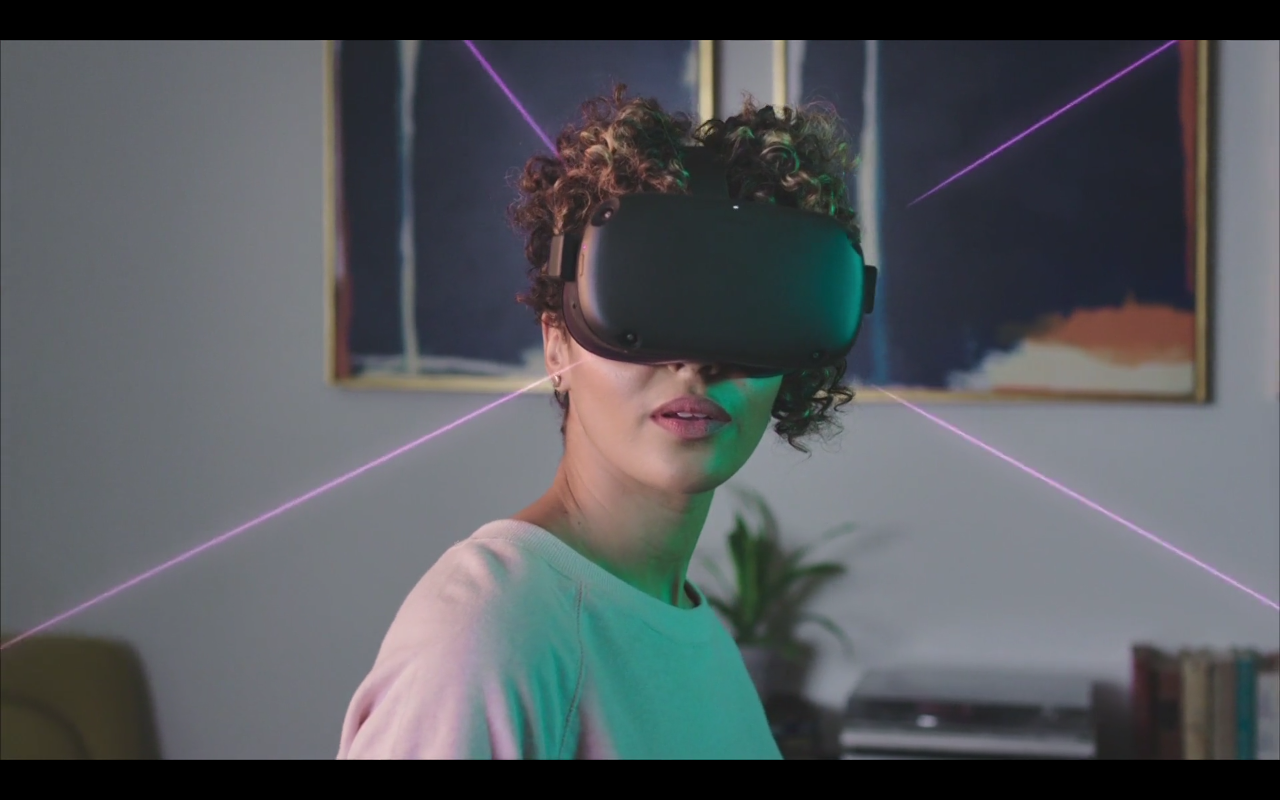
At $400 (that’s literally the same price as a Rift) you’re getting a headset that looks even sharper than the Go’s excellent lens clarity, features 6DOF controllers and headset movement, no wires, no PC, and a launch library that’s gearing up to include quality Rift titles ported down and new experiences like Tennis Scramble and Face Your Fears 2.
That…is impressive. Time will tell if this has the effect on the VR market that Facebook clearly hopes it will, but the potential is certainly there. When recommending Go to people I found that it often came with too many reservations and caveats if they’d already tasted VR with Rift. Now I can tell someone that they can get fully-featured VR for half the cost of a new phone, the same cost as a game console.
With good marketing and a strong launch library, Oculus Quest feels like it really could be the first VR headset for absolutely everyone.

